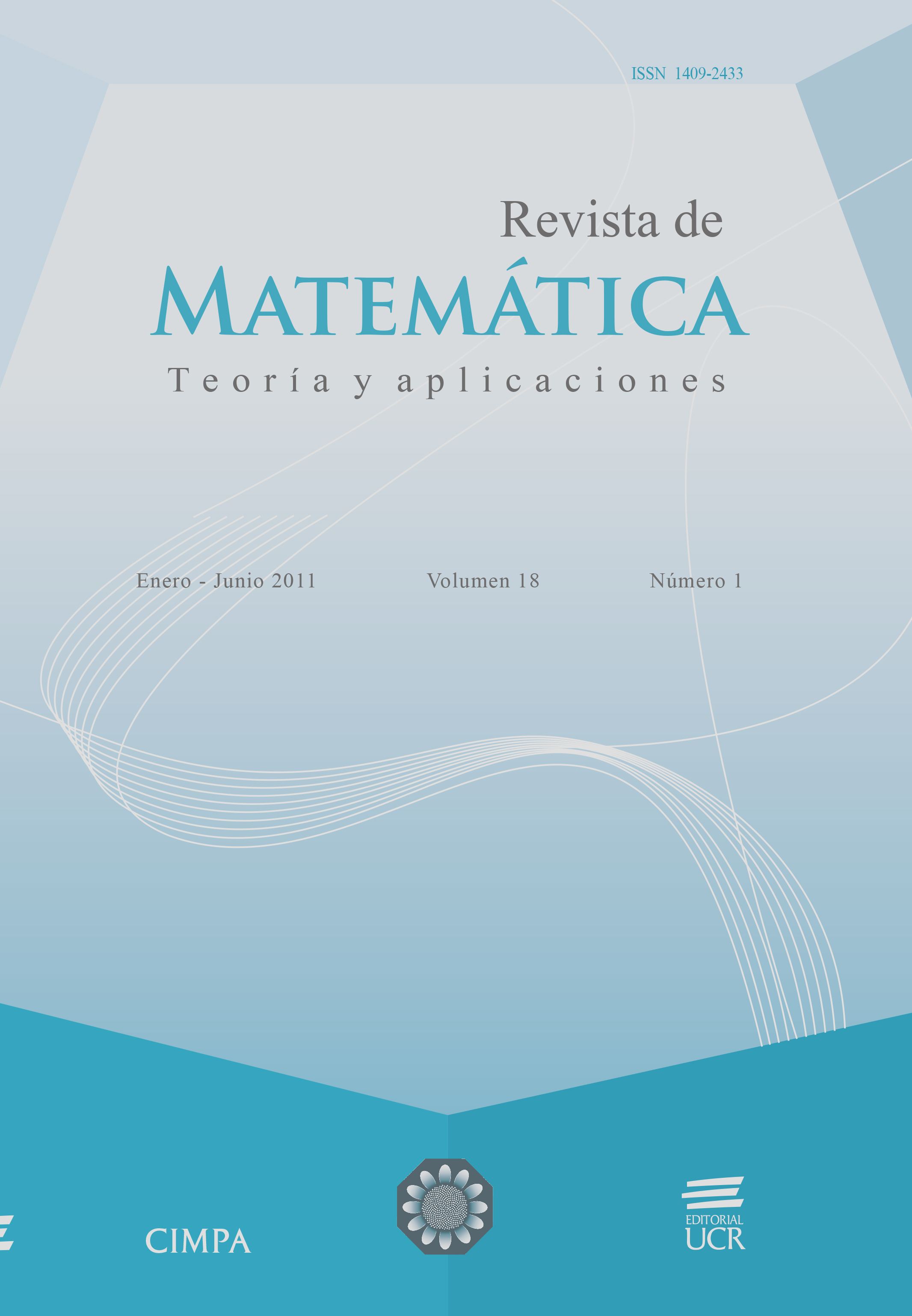Abstract
Happened a catastrophe, some one of the impacted population should their move from its homes, toward refuges or shelters. To guarantee the essential services in the shelter, it is necessary to know the population size that remain in it, knowing that it will be a random number and that it responds mainly to rate the arrival and departure people. Since the arrivals and exits can be visualized as birth and dead process, it has been planned to emulate this situation making use of the sequences that are derived of two very simple concepts: The Decreasing digits (Dd) and the A, B, C model. The contribution of this work is their objective: To show like one can make use of the derived expressions of the A, B, C model and the decreasing digits, to obtain a population estimation that remains in a shelter, as consequence of a catastrophe.
References
Anthony, R.N. (1986) Contabilidad para la Dirección. Colección Biblioteca de la Empresa I(21), Ediciones Orbis, Barcelona.
Bai, L.; Zhong, Y.(2008) Improving Inventory Management in Small Business: A Sase Study. Master thesis in International Logistics and Supply Chain Management. Jönköping University, Sweden.
Belozercovsky, C.; Sensel, D. (2002) Sistema de apoyo a la toma de decisiones en caso de una catástrofe natural. Trabajo especial de grado no publicado, Universidad Metropolitana, Escuela de Ingeniería de
Sistemas, Caracas.
Calleja, J.L. (2007) Concepto de Amortización. Elementos de Inmovilizado. IE Business School, Madrid.
Dragulescu, A.; Yakovenko, V.M. (2001) “Exponential and power-law probability distributions of wealth and income in the United Kingdom and the United States”, Physica A 299(1-2): 213–221.
Guadalajara , N.; Fenollosa , M.L.(2010) “Modelos de valoración de maquinaria agrícola en el sur de Europa. Un análisis de la depreciación real”, Agrociencia 44(3): 381–391.
Hernández, J.G.; García, M.J. (2004) “Nacimiento y muerte, dígitos decrecientes y Pareto”, I Congreso Nacional de Ciencias Básicas soporte de Ingenieŕıa y Arquitectura, Trujillo, Perú, 10 páginas.
Hernández, J.G.; García, M.J. (2010) “Mathematical models generators of decision support systems for help in case of catastrophes. An experience from Venezuela”, in: E. Asimakopoulou & N. Bessis (Eds.) Advanced ICTs for Disaster Management and Threat Detection: Collaborative and Distributed Frameworks, IGI Global, USA: 201–220.
Hernández, J.G.; García, M.J. ; Nieto, C. (2005) “Modelos matemáticos y su ayuda en caso de catástrofes”, Universidades y Riesgo. Una Vitrina desde la UCV, Hábitat y Riesgo, el Rol de las Universidades, Caracas, Venezuela.
Hidalgo, M.C. (1997) “Fiscalidad ecológica en el régimen tributario español”, Cuadernos de Estudios Empresariales 7: 213–236.
Hillier, F.S.;Lieberman, G.J. (2002) Investigación de Operaciones, séptima edición. McGraw-Hill, México.
Oprea, T.I. (2000) “Property distribution of drug-related chemical databases”, Journal of Computer-Aided Molecular Design 14(3): 251–264.
Ota, T.; Nei, M. (1994) “Divergent evolution and evolution by the birth-and-death process in the immunoglobulin VH gene family”, Molecular Biology and Evolution 11(3): 469–482. Samuelson, P.A.; Nordhaus, W.D. (1986) Economı́a, duodécima edición. McGraw-Hill, Madrid.





